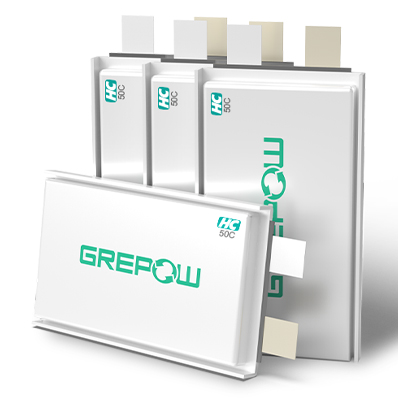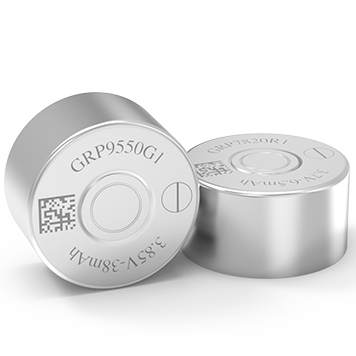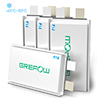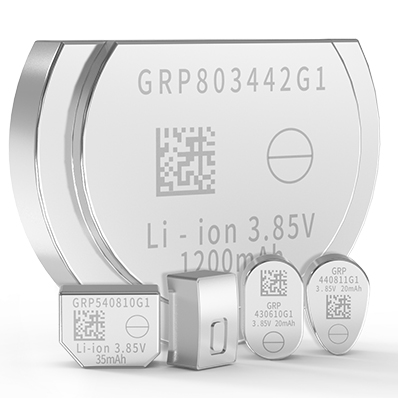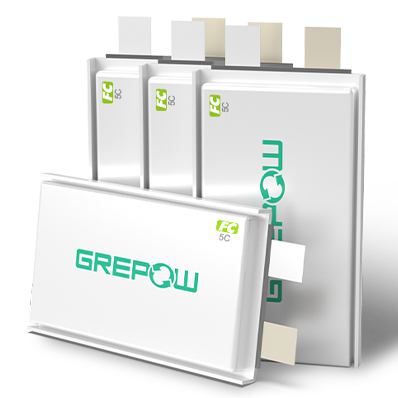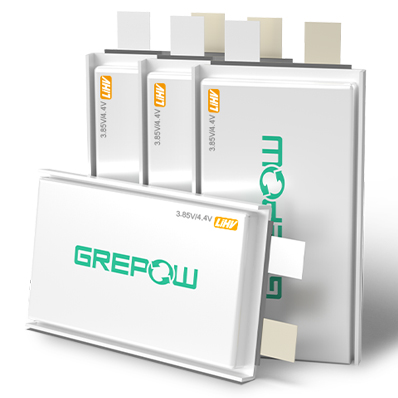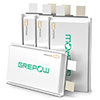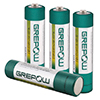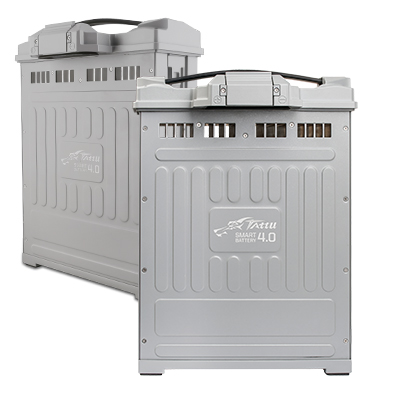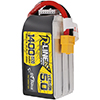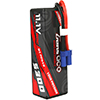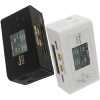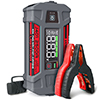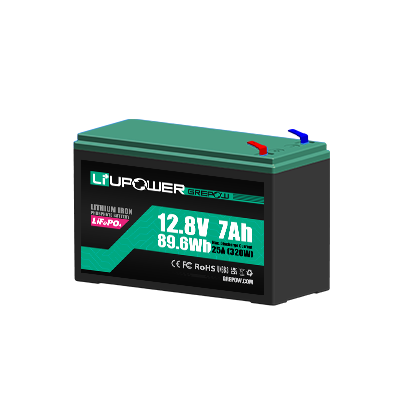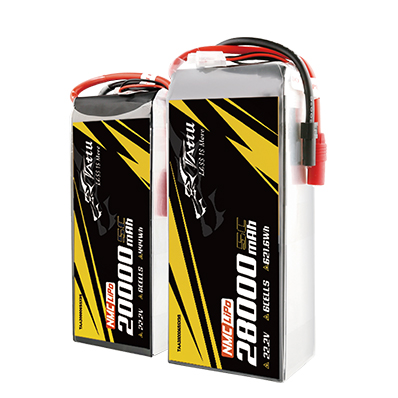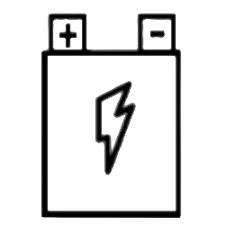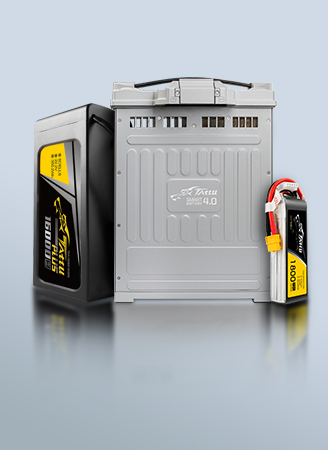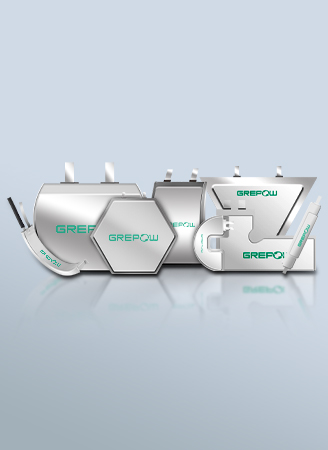Drone Batteries: A Comprehensive Guide
Drone batteries are the lifeblood of modern drones, powering a wide range of devices from recreational quadcopters to commercial UAVs. Their performance and reliability directly affect flight time, payload capacity, and operational efficiency, making them a critical component in logistics, agriculture, filming, and surveillance. As the drone market continues to expand, the demand for advanced battery solutions that meet the needs of both hobbyists and professionals is also growing.
This comprehensive guide explores all aspects of drone batteries, from technical insights such as types and performance metrics to practical advice on charging and maintenance. It also delves into business-focused topics like choosing the right manufacturer, understanding certifications, and leveraging custom battery options. Whether you are a drone enthusiast or a business looking to optimize your fleet, this guide offers valuable insights to help you achieve longer and safer drone flight time.
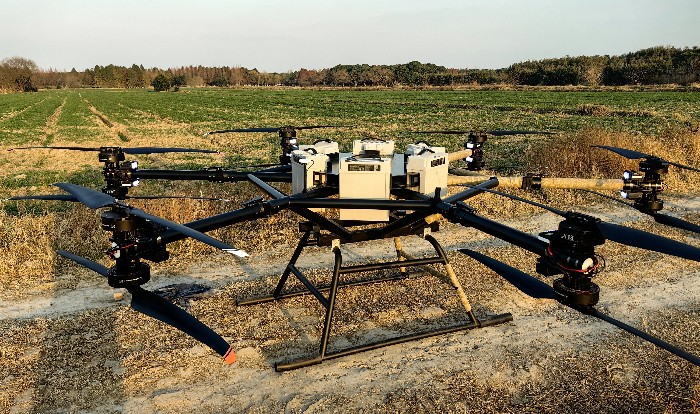
Part 1: Understanding Drone Batteries
Types of Drone Batteries
Drone batteries are the backbone of unmanned aerial vehicles (UAVs), and choosing the right type is crucial for achieving optimal performance. The following are the most common types:
Lithium Polymer Batteries (LiPo):
Overview: Lightweight and powerful, LiPo batteries are the preferred choice for drones that require high energy density and fast discharge rates.
Advantages:
●High power output (40C, 50C, even 70C), suitable for demanding applications.
●Flexible form factors allow for custom shapes and sizes.
Disadvantages:
●Sensitive to overcharging and improper handling.
●Requires a balanced charger to ensure safe operation.
Application: Commonly used in racing drones and professional drones that require rapid bursts of energy.
Lithium-ion battery (Li-ion):
Overview: Lithium-ion batteries are heavier but more stable than lithium polymer batteries, with better lifespan and safety.
Advantages:
●Longer service life with more charge cycles.
●Better energy density, extending flight time.
Disadvantages:
●Lower discharge rate compared to lithium polymer batteries.
●Poorer adaptability in size and shape.
Applications: Commonly used in consumer drones and large drones that require stable energy output.
Lithium Iron Phosphate Battery (LiFePO4):
Overview: LiFePO4 batteries are known for their safety and durability, featuring excellent thermal stability and a longer lifespan.
Advantages:
●Safety is enhanced due to the reduced risk of overheating or fire.
●More charging cycles and resistance to deep discharge.
Disadvantages:
●Lower energy density compared to lithium polymer and lithium-ion batteries, which may affect flight time.
●Heavier design limits their use in lightweight drones.
Applications: Ideal for applications where reliability and safety are critical.
Battery Performance Metrics
Understanding key battery metrics is essential for optimizing drone performance:
●Capacity (mAh or Ah): Indicates how much energy the battery can store. A higher capacity usually means longer flight time, but it also increases weight.
●Voltage (V): Determines the power output of the battery. Drones typically use batteries with voltages ranging from 7.4V (2S) to 66.6V(18S), depending on the motors and application.
●C Rating: Indicates the maximum discharge rate of the battery. A higher C rating allows the battery to release more power quickly; for example, a 1C battery discharges in 60 minutes, while a 10C battery discharges in 6 minutes.
●Charge Cycle: Refers to the number of times a battery can be charged and discharged before its capacity significantly decreases. Lithium polymer and lithium- ion batteries typically can be charged and discharged 300-500 times with proper maintenance.
●Battery efficiency (typically 0.8–0.9): Consider energy losses caused by heat and inefficiency in the drone's power system. Typical efficiency values range from 80% to 90%.
●Drone power consumption (watts): This is the total power consumed by the drone during operation, including motors, electronics, and payload. You can measure it with a wattmeter or refer to the manufacturer's specifications.
How to Calculate the Flight Time of a Drone Battery?
To calculate the flight time of a drone based on its battery, you can use the following formula:
Flight Time Formula

Example Calculation
●Battery capacity: 5000 mAh (5 Ah)
●Battery voltage: 14.8V (4 lithium batteries)
●Battery efficiency: 0.85 (85%)
●Drone power consumption: 150 watts

Practical Considerations
●Payload Weight: Adding payloads such as cameras will reduce flight time.
●Flight Conditions: Wind, temperature, and flight modes (hovering, aggressive maneuvers) all affect power consumption.
●Backup Power: Ensure the drone lands with at least 20% battery remaining to prevent over-discharge.
Battery Safety and Risks
Proper handling and safety measures are crucial for maintaining battery health and preventing accidents:
Common Hazards:
●Overheating: Overheating during charging or use can damage the battery or cause it to catch fire.
●Swelling: Indicates internal damage and potential safety risks. Do not use swollen batteries.
●Improper Use: Overcharging, deep discharging, or using incompatible chargers may cause irreversible damage.
Safety Features:
●The integrated Battery Management System (BMS) helps monitor voltage, temperature, and charge levels.
●Fireproof charging bags or containers provide an additional layer of protection during the charging process.
●Following the manufacturer's guidelines ensures the battery is used safely and efficiently.
Part 2: Choosing the Best Drone Battery Manufacturer
Precautions
Choosing the right manufacturer is crucial to ensure your drone batteries meet performance, safety, and reliability standards. Key factors to evaluate include:
●Quality standards: Ensure the manufacturer adheres to strict quality assurance processes, such as ISO 9001 or IATF 16949 certification, which indicate consistency and reliability in production.
●Production capacity: Assess whether the manufacturer can meet your volume requirements without compromising quality.
●R&D capabilities: A strong R&D team is key to innovative battery solutions.
●Reputation and Track Record: Look for a manufacturer with a strong history in the industry, positive customer reviews, and a successful project portfolio. Grepow has over 25 years of experience providing intelligent power solutions for drones and other applications, solidifying its position as a trusted partner.
●Customer Service: Reliable after-sales support and technical assistance are crucial. Grepow has branches in Germany and the United States, offering comprehensive customer support from consultation to after-sales service, ensuring a seamless experience.
Essential Certifications
Company Certificates Ensure compliance with international safety, environmental, and performance standards. Major certifications include:
●UL Certification (Underwriters Laboratories): Verifies whether the battery is fireproof and electric shock resistant. Tritek's products comply with the UL2271 standard, a mark of outstanding safety.
●CE Mark and RoHS Compliance: Indicates conformity with European safety and environmental standards. Tritek ensures that all its batteries meet RoHS and CE standards and are environmentally friendly.
●UN38.3 Certification: Crucial for air transport safety, Grepow incorporates this into its product portfolio.
●Regional Certifications: Depending on your location, look for other certifications such as FCC (USA), PSE (Japan), or BIS (India) to meet local regulations. Tritek can conduct relevant testing to ensure compliance with regional requirements, providing tailored solutions for the global market.
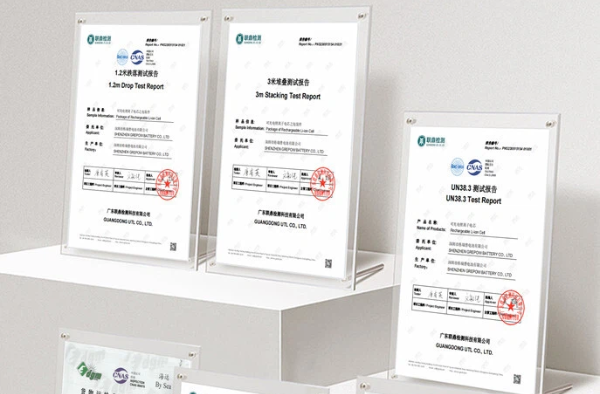
Part 3: Custom Drone Batteries
How to Obtain Custom Drone Batteries?
Collaborating with manufacturers to customize batteries involves several key steps:
●Define requirements: Clearly specify your needs, including the following specifications: capacity, voltage, size, weight, connectors, and safety features.
●Choose a reliable manufacturer: Select a drone battery manufacturer experienced in custom battery solutions, such as Grepow, a company known for its expertise in designing smart, compact batteries.
●Prototype Development: Work closely with manufacturers to develop and test prototypes, ensuring they meet performance expectations.
●Iterative Improvement: Provide feedback during the testing phase to refine the design and achieve optimal functionality.
●Final Product: Once satisfied with the prototype, proceed to mass production based on your application.
Part 4: Drone Battery Chargers
Charger Types
There are various types of drone battery chargers, each suitable for specific drone models and battery chemistries:
USB Chargers:
●Features: Compact, lightweight, and portable.
●Adaptability: Best suited for small drones with built-in or micro batteries.
●Limitations: Generally slower charging speed and limited functionality.
Balance Charger:
●Features: Designed to safely charge LiPo batteries by ensuring all cells in the battery pack reach the same voltage (balanced charging).
●Adaptability: Suitable for most consumer and professional drones, especially those using multi-cell lithium polymer batteries.
●Additional Features: Typically supports multiple chemistries such as LiPo, Li-ion, NiMH, and NiCd.
Field Charger:
●Features: Portable charger powered by an external power source (e.g., car battery or solar panel).
●Adaptability: Crucial for drone operators working in remote areas without standard power outlets.
●Advantages: Enables continuous operation during fieldwork or outdoor shooting.
Choosing the Right Charger
Choosing the right charger is essential for battery health, performance, and safety. Key considerations include:
●Compatibility: Ensure the charger supports the drone's battery type and voltage requirements (e.g., LiPo or Li-ion). Using an incompatible charger may result in improper charging, reduced lifespan, or even safety hazards.
●Charging rate:Match the charger's output to the battery's recommended charging rate (e.g., 1C or 2C). While a higher charging rate can reduce downtime, excessively high rates may cause overheating or damage.
●Safety Features: Look for the following basic functions: overcharge protection, temperature monitoring, short circuit prevention, and automatic shutdown. These features help prevent battery swelling, overheating, or fire risks.
●User-friendly interface: A clear and intuitive user interface simplifies the charging process, minimizing errors. A transparent display shows charging status, voltage levels, and other indicators.
By choosing the appropriate uav battery charger, operators can ensure the battery remains in optimal health, extend its lifespan, and maintain the drone's stable performance. For example, Grepow's chargers are equipped with multiple protection systems, automatic voltage/current regulation, and compatibility with various battery types, making them a reliable choice for a wide range of applications.
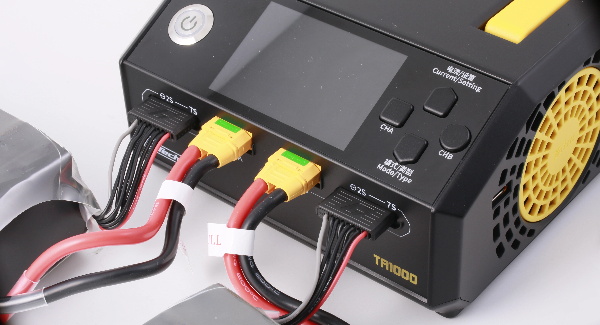
Part 5: Best Practices for Charging and Maintenance
Charging Procedure
Please follow the steps below to ensure the drone battery is charged safely and efficiently:
Step-by-step Guide:
●Check the battery: Before charging, inspect for any physical damage, swelling, or abnormalities.
●Choose the appropriate charger: Use a charger compatible with the battery type, voltage, and capacity.
●Prepare a safe charging area: Ensure the location is well-ventilated, fireproof, and away from flammable materials.
●Set the correct parameters: For LiPo batteries, use balance charging and set the appropriate charging rate (e.g., 1C).
●Monitor charging: Closely observe the charger and battery during this process to detect any signs of overheating or malfunction.
●Immediate disconnection: Disconnect the battery once fully charged to prevent overcharging.
Common mistakes to avoid:
●Using a charger that is not suitable for your battery type.
●Charging damaged or swollen batteries.
●Leaving the battery unattended during charging.
●Exposing the battery to extreme temperatures.
Battery maintenance tips
Proper maintenance ensures longer battery life and stable performance:
Storage guidelines:
●Store the battery at room temperature in a cool, dry environment.
●Keep the battery at 50-60% charge for long-term storage to prevent degradation.
●Use fireproof containers or LiPo safety bags to enhance safety.
Regular inspection:
●Regularly check for signs of damage, swelling, or corrosion.
●Clean battery terminals to ensure proper connection.
Discharge cycle:
●Avoid fully discharging lithium polymer batteries. Instead, when they reach 20-30% capacity.
●Regularly cycle the battery (discharge and charge) to maintain its capacity.
Extend lifespan:
●Use only the recommended charging rate to avoid overheating or reducing charging cycles.
●Avoid exposing the battery to high temperatures or direct sunlight for extended periods.
Troubleshooting
Learn how to resolve common battery issues:
Swelling:
●Immediately and safely stop using the battery.
●Place it in a fireproof container and dispose of it properly according to local regulations.
Overheating:
●Let the battery cool down before charging or using it.
●Check for potential causes such as overcharging or high discharge rates.
Reduced capacity:
●Perform several shallow discharge cycles to recalibrate the battery.
●If the problem persists, please consider replacing the battery.
Adopting these practices ensures safer operation, maximizes battery life, and minimizes the risk of unexpected failures. Grepow emphasizes proper maintenance of its batteries and provides an intelligent monitoring system that offers real-time diagnostics and alerts for optimal care.
Part 6: Frequently Asked Questions
1. Can I use a third-party charger to charge my drone battery?
It is best to use a charger that is compatible with your battery type and manufacturer recommendations to avoid potential damage or safety risks.
2. Can I carry drone batteries on a plane?
Yes, but please check the airline's regulations. Generally, batteries under 100Wh can be carried in hand luggage, while larger batteries may require approval.
3. Why does the capacity of my drone battery decrease over time?
With use and aging, batteries naturally degrade, especially when exposed to high temperatures, overcharging, or improper storage.
4. How does the discharge process of a drone battery work?
Drone LiPo batteries have a nominal voltage of about 3.7V per cell and a full charge voltage of 4.2V. The voltage decreases in a curve rather than linearly during discharge: it drops steadily at first, then flattens, and finally falls rapidly near full depletion. Higher discharge currents cause faster voltage drops and reduced capacity.
Conclusion
As drones continue to revolutionize industries and hobbies alike, the importance of selecting and maintaining high-quality drone batteries cannot be overstated. By understanding the different battery types, performance metrics, and safety protocols, users can optimize their drone's performance and longevity. Choosing a reputable manufacturer like Grepow, leveraging custom battery solutions, and adhering to best practices for charging and maintenance are key to ensuring safe and efficient operations. With advancements in battery technology on the horizon, staying informed and adopting these guidelines will empower both enthusiasts and professionals to maximize their drone's potential and achieve seamless, reliable flights. If you have any questions or needs, please feel free to contact us at info@grepow.com.
Related Articles
-

Powering Aerial Artistry: Grepow Battery Solutions Behind Drone Light Shows
2025-10-27 -

Vatican Drone Show: Where Technology Meets Faith
2025-09-15 -
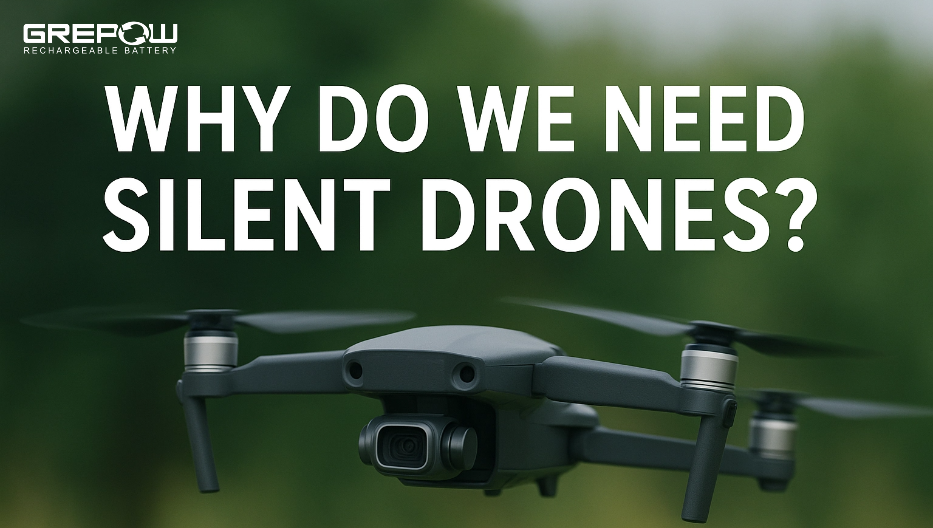
Why Do We Need Silent Drones?
2025-09-02
Related products
-

Tattu 12S LiPo Drone Battery Series
-
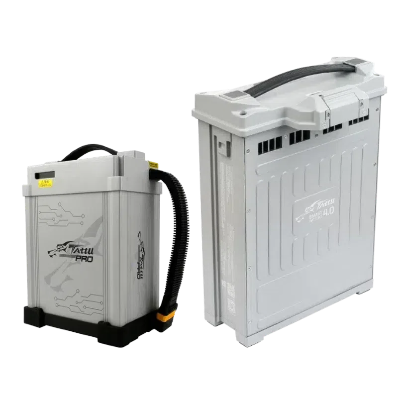
Tattu Agricultural Drone Battery
-
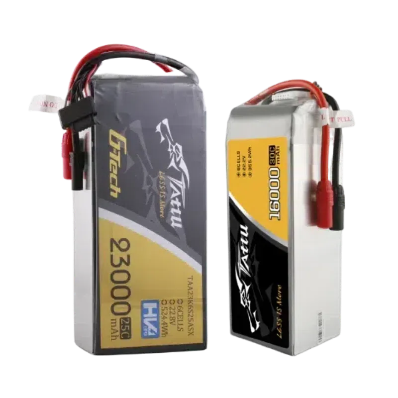
Tattu 6S LiPo Drone Battery Series


